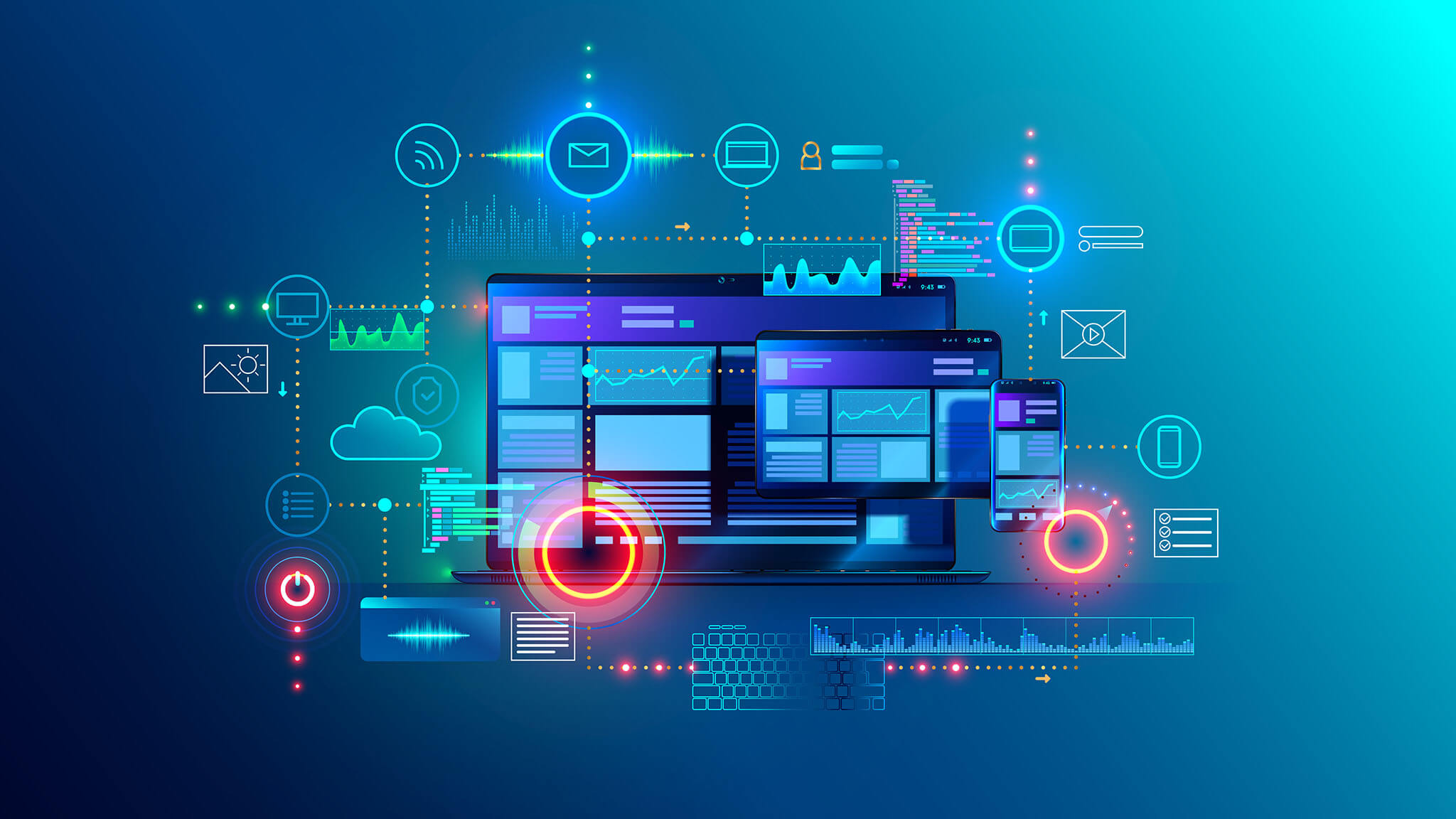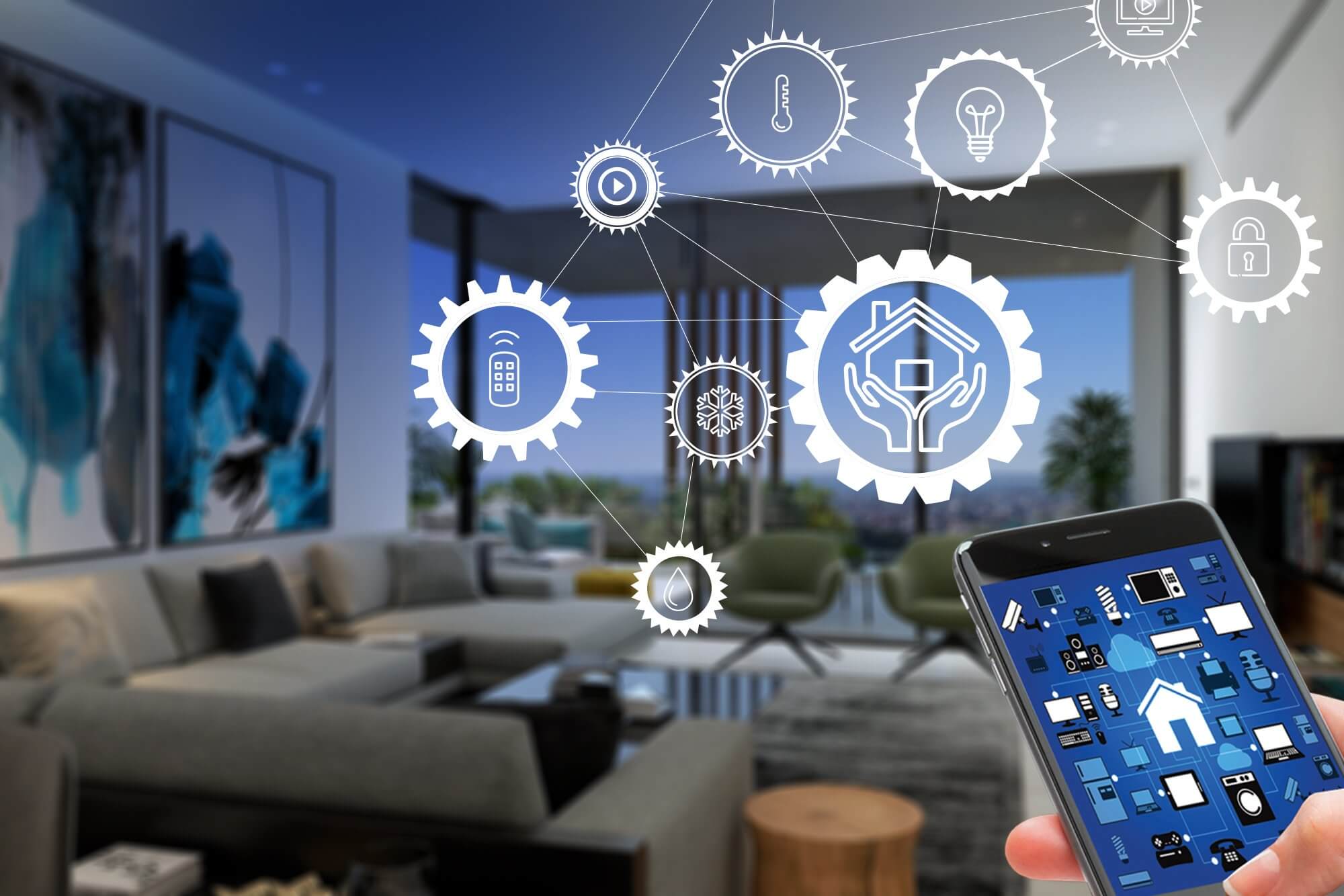
In the fast-paced realm of web design, automation has emerged as a transformative force, streamlining processes, enhancing efficiency, and empowering designers to unleash their creativity. Web design automation encompasses a spectrum of tools and technologies that automate repetitive tasks, facilitate rapid prototyping, and optimize workflows. In this blog, we will delve into the realm of web design automation, exploring its impact, benefits, and the future of automated design processes.
Web design automation empowers designers to automate repetitive tasks such as creating and formatting elements, generating code snippets, and optimizing images. By automating these routine processes, designers can focus on more creative and strategic aspects of design, leading to increased productivity and accelerated project timelines.
Automation tools enable rapid prototyping and iterative design by providing intuitive interfaces for creating and testing design concepts. This allows designers to explore multiple iterations swiftly, gather feedback, and refine designs in a dynamic and efficient manner, ultimately leading to more polished and user-centric final products.
Automated design processes contribute to enhanced consistency and standardization across projects. By automating style guide adherence, responsive design principles, and accessibility standards, designers can ensure that their creations align with best practices and deliver a cohesive user experience across various devices and platforms.

Contrary to the misconception that automation stifles creativity, web design automation actually empowers designers to channel their creativity into more impactful areas of design. By automating mundane tasks, designers have the freedom to explore innovative concepts, experiment with new design trends, and push the boundaries of creativity in their work.
Automation expedites the design process, leading to faster time-to-market for websites and digital products. By automating tasks such as asset generation, responsive design adaptation, and browser compatibility testing, designers can deliver high-quality designs within tighter timelines, enabling businesses to swiftly capitalize on market opportunities.
Automated design processes contribute to the optimization of user experience by enabling designers to focus on user-centric design principles. By leveraging automation for usability testing, performance optimization, and A/B testing, designers can fine-tune the user experience, resulting in websites and digital products that resonate with and cater to the needs of their target audience.

Web design automation facilitates the integration of design systems with reusable components, style guides, and design patterns. Designers can speed up design iterations, maintain consistency across projects, and develop a unified brand identity in the digital sphere by automating the management and upkeep of design systems.
Design professionals can now generate dynamic content and populate design mockups with data, images, and content automatically, thanks to automation tools. This makes the design process go more smoothly, especially for websites and applications with lots of content, and gives designers a better idea of what the final product will look like.
By incorporating analytics and user input into the design process, web design automation facilitates ongoing design optimization. Designers can iteratively optimize designs based on real-time insights by automating the collection and analysis of user data. This keeps digital products evolving in a way that is consistent with user preferences and behaviors.

Advanced features like AI-driven design systems, predictive design analytics, and automated accessibility compliance are just a few of the revolutionary features that web design sigma automation is poised to bring to the design landscape. Designers can look forward to a time when standard design tasks are seamlessly automated, thanks to the continued development of automation technologies. This will free up their time to concentrate on strategic design thinking, innovative user experiences, and the comprehensive integration of design within a larger business context.

Web design automation is a revolutionary development in design methodologies that enables designers to improve the quality of digital experiences overall, expedite design iterations, and streamline workflows. Designers can better utilize their creativity, provide better user experiences, and establish themselves as leaders in design excellence in the ever-changing digital landscape by embracing automation.